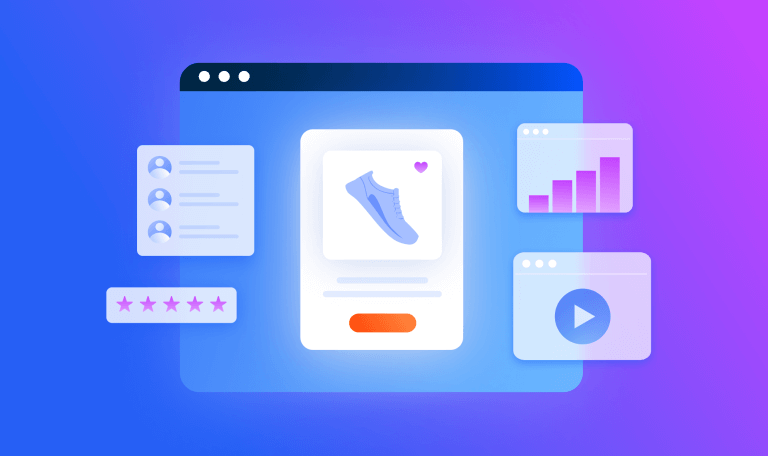Going Further with Farfetch in Japan
Farfetch was established in 2007 as an online boutique retailer by Portuguese entrepreneur, José Neves. Ten years on, farfetch.com is preparing to expand into China with rumors of an upcoming IPO worth $5B beginning to percolate. Japan is currently the fifth most important market for farfetch.com generating around a million visits per month in 2017. Year over year, total traffic to farfetch.com in 2017 was 74% higher than in 2016.
During the same period, Farfetch’s traffic in Japan has continued to migrate to mobile with its mobile share in 2017 up by over three percentage points to 58.5%. Nevertheless, this still demonstrates a remarkably strong desktop audience in a territory where most sites see an even higher proportion of traffic from mobile.
Engagement
When the volume of monthly visits to a site like farfetch.com grows by 174% in two years, this often comes at the expense of engagement. More traffic tends to dilute key engagement metrics and drive up the bounce rate as new visitors arrive with less clear expectations. In 2017, farfetch.com was able to grow website traffic in Japan with no negative impact on engagement. Pages per visit and duration per visit were flat compared with 2016 while the bounce rate actually dropped from 49% to 45%.
Traffic Sources
Comparing the breakdown of traffic sources from 2017 to 2016 gives the clearest indication of the contributing factors to farfetch.com’s success in Japan. In 2017, organic search became the largest source of traffic to the site overtaking direct traffic. This coincided with an increased concentration also on display ads, with a reduction in emphasis on paid search.
Non-branded Keywords
With a higher proportion of organic search traffic indicating investment in SEO to generate visits, it’s interesting to look at the split between branded and non-branded keywords driving traffic to the site to get a complete picture of Farfetch’s search strategy in 2017. In 2016, 67% of organic traffic to farfetch.com came from non-branded keywords rather than keywords including the term farfetch. In 2017 that proportion had grown significantly with 78% of organic traffic being non-branded. This is in stark contrast to other retailers in Japan which depend to a greater degree on name recognition and which generate a larger share of their search traffic from keywords that include their own brand name.
Looking at the most popular non-branded keywords reveals still more about Farfetch’s winning strategy. They are optimizing search for a number of key fashion brands both in Japanese and in English, helping them to compete against sites like gilt.jp which is heavily reliant on direct traffic in Japan.
The most popular search terms sending traffic to farfetch.com include: マルジェラ (Margiela), thom browne, ヴェルサーチ (Versace), givenchy and ヨウジヤマモト (Yohji Yamamoto)
Conclusion
Farfetch has demonstrated tremendous growth in Japan over the past 24 months, shipping clothing and accessories to local consumers and capitalizing on Japanese demand for internationally recognized fashion labels.
A key difference for farfetch.com in this territory is its increasing focus on non-branded searches to draw traffic from a range of keywords related to the products and fashion brands it stocks. In Japan and other countries around the world, retailers tend to rely on branded search to make up the majority of their organic search traffic. This is the result of efforts to build brand awareness as each retailer works to establish its own name in a competitive marketplace. In Japan and across all territories, Farfetch has chosen to invest less energy in making sure everyone knows the name ‘Farfetch’, focusing instead on the clothes and fashion labels that people want. This outlying strategy may be the key to Farfetch’s growth in Japan.
The ultimate edge in marketplace intelligence
Put the full picture at your fingertips to drive product views and sales








